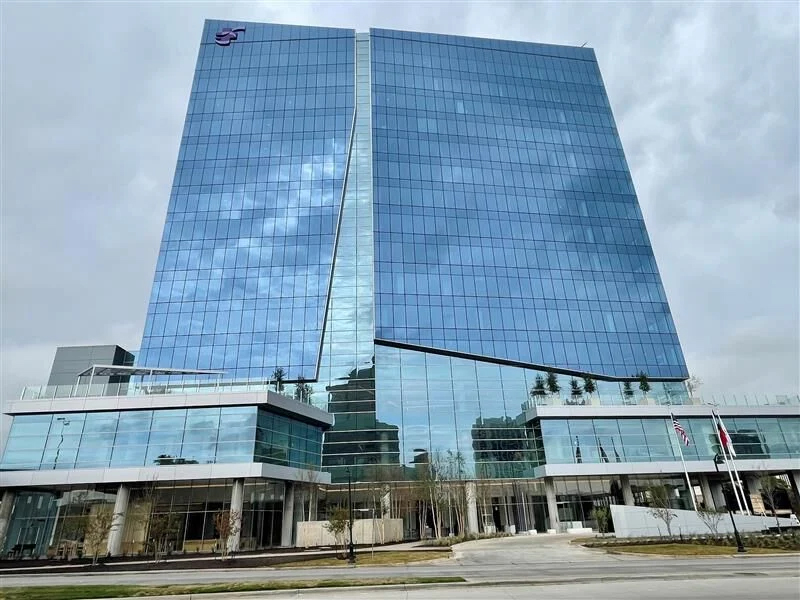Bermudagrass is a warm-season forage well suited for East Texas
Published 5:47 pm Monday, March 13, 2017
Bermudagrass (Cynodon dactylon) is a warm-season perennial forage that over the years has become the basis of many forage systems across the southern United States. It is well adapted to our climate, and grows well under a wide array of soil types and conditions. Bermudagrass has been part of agriculture of the southern United States for more than 250 years.
Bermudagrass is native to southeast Asia. It produces well, but it must be fertilized for maximum production. Several factors contribute to bermudagrass yields – water, nitrogen, phosphorus and potassium. Bermudagrass is a deep-rooted, sod-forming grass that spreads by stolons and rhizomes. It can grow 15 to 24 inches tall under the right conditions.
There are numerous cultivars of bermudagrass for East Texas, both seeded and hybrid. Seeded varieties include Cheyenne, Common, Guymon, Giant (NK-37), Wrangler, Pasto Rico, Ranchero Frio, Sungrazer, Sungrazer Plus, Texas Tough, Texas Tough Plus, and Tierra Verde. Seeded varieties work well in small acreages that are not economical to sprig or in areas where steep slopes and seedbed preparation is difficult.
Bermudagrass hybrids are essentially sterile, meaning they may produce seed heads but little viable seeds are the results. Hybrids must propagate vegetatively through sprigs or green tops. Hybrid varieties include Alicia, Brazos, Callie, Coastal, Coastcross-1, Grazer, Hardie, Jiggs, La Grange, Lancaster, Luling, Midland, Tifton 85, and Sheffield to name a few. Generally, hybrids, if managed properly, offer more dry matter, better nutrition, greater drought tolerance and/or greater cold tolerance.
Management decisions on seeded or hybrid bermudagrass for those interested in this warm-season forage will need to be made. Some may even look at other types of warm-season forage for their livestock system. Whatever forage you go with, be sure to follow soil-test recommendations for fertilization.
Pay close attention to stocking rates and weed infestations. Stocking rates may need to be adjusted to give our pastures some assistance as we come out of the drought. The best management against a weed problem is prevention. Proper stocking rates and good fertility encourages a vigorous stand of desirable forage that can effectively compete with weed species. Scout pastures during the growing season for insect infestations such as armyworms and grasshoppers. With rainfall and good growing conditions, we can all become grass farmers for our livestock production systems.
Choose a well-drained soil, as bermudagrass does not do well on wet land, with Jiggs bermudagrass being the exception. Be sure to match the variety to soil type, average rainfall, production goals and willingness to manage.
Establishing bermudagrass may require destroying existing vegetation by spraying actively growing weeds with glyphosate. Weed control following establishment can be critical to achieving a stand, as weeds rob our grasses of nutrients. When sprigs begin to green up, apply 40 to 60 pounds of actual nitrogen per acre and any potassium according to soil-test recommendation.
Both seeded and hybrid bermudagrass have their place in East Texas. Which one fits your needs will be up to you and the results you desire. Sprigs can be planted from March, when danger of a heavy freeze is past, until August. The earlier you plant, the longer you will have to get established and the better chance they will survive a severe winter. The underground rhizomes develop much slower than the above ground stolons, and are necessary for winter survival. Planting later into the summer increases the risk of losing newly-planted sprigs to drought.








